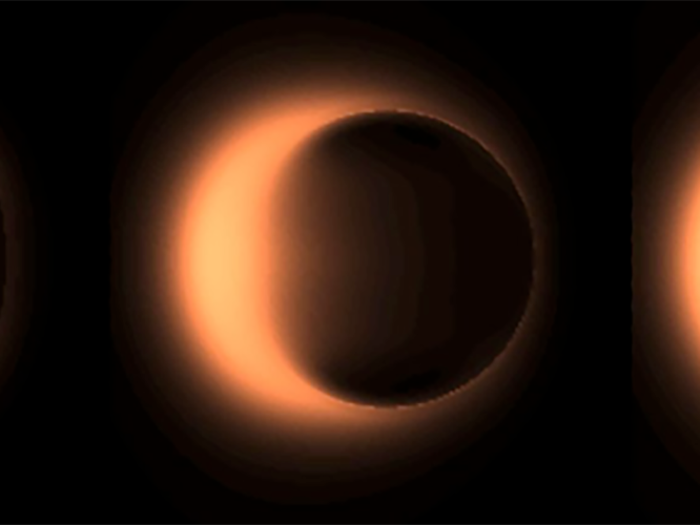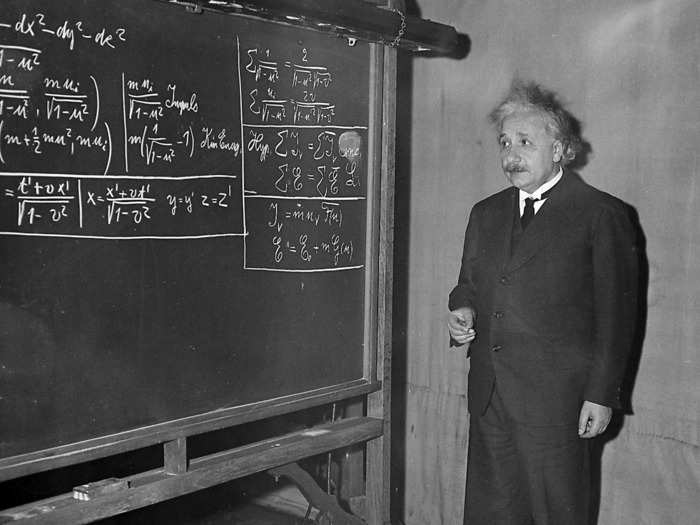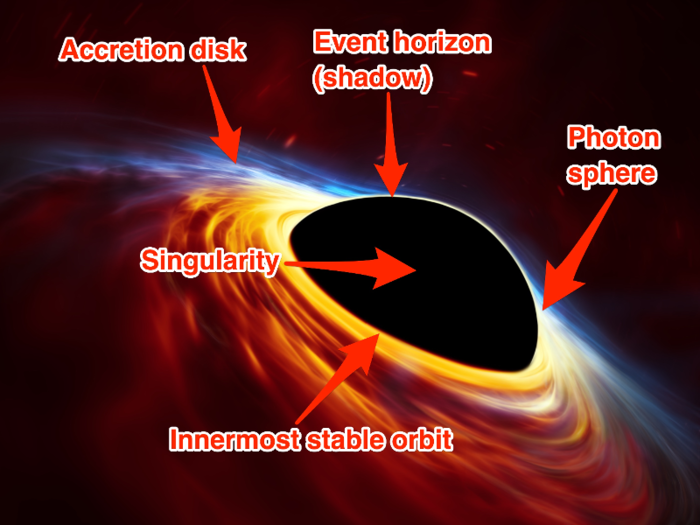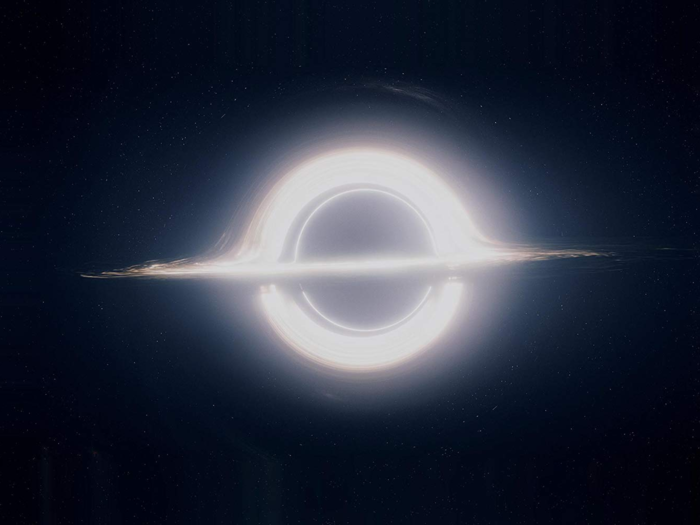- Home
- slideshows
- miscellaneous
- The first-ever picture of a black hole is fuzzy. These incredible illustrations help explain what it shows.
The first-ever picture of a black hole is fuzzy. These incredible illustrations help explain what it shows.
The Event Horizon Telescope is made up of observatories located around the world. Working together, they can function as a single "virtual" telescope.

Collaborators from about 40 countries knew photographing a black hole — even a huge one — would be hard. Falcke said seeing M87's black hole was like being able to view a mustard seed in Brussels from Washington, DC.

Astrophysicists and computer scientists worked on advanced models of supermassive black holes to anticipate what EHT would show.

Researchers based these and other simulations on relativistic physics (how the universe works at extreme speeds and densities) that Albert Einstein pioneered in the early 1900s.

Since Einstein's discoveries, new research has revealed in detail the features black holes should have, including the monster at the heart of galaxy M87.

There are six main features of supermassive black holes:
- Singularity — The infinitely dense "heart" of a black hole. These are made by collapsing or colliding stars.
- Event horizon — The point where a black hole's gravitational force is so strong, not even not even light can travel fast enough to escape.
- Accretion disk — Super-hot gas and dust from dead stars, planets, and other objects that get too close to a black hole. Next to an event horizon, these discs create a "shadow" that astronomers can now see.
- Innermost stable circular orbit (ISCO) — The last point where orbiting matter can exist without falling into a black hole.
- Relativistic jet (not pictured) — Feeding black holes shoot out powerful jets of particles near light-speed from their poles. Astronomers can see the jets reflecting off distant clouds of gas and dust.
- Photon sphere — A region where light emitted by jets and in-falling matter gets trapped in a perfectly circular orbit just beyond the event horizon.
Some simulations animate black holes close-up and over long spans of time. This one shows what an orbiting "hot spot" of matter in an accretion disk would look from multiple perspectives. It shows how black holes dramatically warp the fabric of space.

Credit: Avery Broderick and Avi Loeb via EHT
This animation shows a slice of a rotating accretion disk, and where it's least dense (blue) to most dense (red).

Credit: Hotaka Shiokawa via EHT
EHT's image shows a black hole in radio waves of about 1.3 millimeters in wavelength. This visualization shows what a black hole might look in light ranging from 10mm down to 0.001mm. (Human eyes can detect light ranging from 0.00075mm down to 0.0004mm.)

Credit: Chi-Kwan Chan via EHT
Black holes are tangled messes of magnetic fields (white lines), thanks to their spin and orbiting disk of superheated matter (orange). This animation shows the relativistic jets (gray) created by a black hole feeding on matter.

Credit: Hotaka Shiokawa via EHT
How fast and which direction a black hole spins determines a lot about how its accretion disk, shadow, and relativistic jets will look. This animation simulates one type of spin...

Credit: Lia Medeiros, Chi-Kwan Chan, Feryal Özel, Dimitrios Psaltis via EHT
...And this one another spin, leading to a different-looking accretion disk and jets.

Credit: Lia Medeiros, Chi-Kwan Chan, Feryal Özel, Dimitrios Psaltis via EHT
If we were willing to build a telescope far more powerful than EHT, we might one day be able to record images like this — where a black hole's event horizon and rotating accretion disk are extremely clear.

One side of an accretion disk is always brighter because the materials are moving at a significant fractions of the speed of light, according to Timothy Brandt, an astrophysicist at the University of California at Santa Barbara who studies black holes but is not part of the EHT collaboration.
"Part of it's going to be brighter and part of it's going to be fainter," Brandt told Business Insider before Wednesday's announcement. "Some of it's coming towards you, and that's going to be brighter because of relativistic beaming."
Beaming is comparable to the Doppler effect, which is what makes an approaching ambulance's siren sound higher-pitched and one driving away sound lower-pitched. At velocities close to light speed, stuff that's moving toward Earth will look brighter and bluer, while stuff that's moving away from will appear dimmer and redder.
Credit: Hotaka Shiokawa via EHT
This is a more fanciful version of the animation above, which boosts the brightness of potentially detectable wavelengths of light.

Credit: Hotaka Shiokawa via EHT
If humans ever saw a supermassive black hole up-close, it might look like this one from the sci-fi movie "Interstellar." However, the nearest one — called Sagittarius A* (pronounced "A-star") — is located 26,000 light-years away at the center of our Milky Way galaxy.

Popular Right Now
Popular Keywords
Advertisement